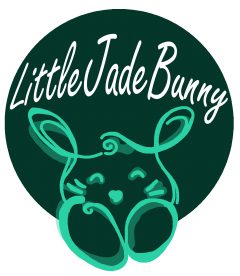Perception VS Conception
For lesson, we sat around a table with objects such as flower pot, glass bottle, small metal thermos cup/flask, glass bottle, metal dishcover(?) and mini flower vase. The backdrop is a slightly crumpled brown paper. We were told to choose minimally two objects to sketch.

This was what I did!
I learnt the difference between compressed and willow charcoal. When drawing with compressed charcoal, it feels a lot harder and solid. The lines are also generally sharper(although I’m not sure if it is due to the charcoal piece being new or the general nature of compressed charcoals versus willow charcoals). When I used the compressed charcoal to draw the glass bottle, I found it hard to erase areas I wanted to highlight as light reflecting off the bottle. (That’s when it became known that a few of us bought the wrong type of charcoal.) Woon Lam told us that compressed charcoal are darker and harder to erase as manufacturers add some kind of bonding agent such that it sticks to the paper better(no wonder!). Woon Lam suggested that we use compressed charcoal only for when we are almost done with the piece, to add very dark spots since it is unattainable with willow charcoal. Woon Lam kindly gave us a few sticks of thin willow charcoal. When tried this new charcoal, it felt really different! It felt a lot more lighter and porous in my hand as I drew. The shade of black, or grey if I may say, is definitely a lot lighter than compressed as prof mentioned.
Prof also taught us how to shade metallic objects. The trick is that metallic objects have very high contrasts between the highlights and darks. These can be done in “blocks”. Using an eraser to create highlights are very useful. It is also very often that the brightest spots are beside the darkest spots. Thinking back, I quite like shading metallic objects haha.
I learnt that doing backgrounds, especially those made of paper are super hard. This is so as there are very little shade differences unlike the very contrasting ones on the metal dish. I struggled with achieving the effect for quite long, until Woon Lam gave us the tip. The trick is to blend everything up using our hands. The change in shade difference is subtle. I feel that I can improve on this as I feel that the change in my charcoal shades still look unnatural.
I feel that I can improve in my sketching. Such as straight lines to be straighter and perpendicular/parallel when need be. I cannot stand my metal dish as the shape is obviously not round, even after correcting it multiple times. Also, I feel that I can try to work faster. I only managed to do two objects whereas my classmates mostly did 3 or more. I’m generally a slow worker, so finishing 2 felt like an achievement in my personal capacity. However, comparing with my classmates, I still got lots to improve on. Overall I’m quite satisfied as I feel that it’s a relatively good first try(I hope) and I learnt a lot of new tricks/tips when using charcoal.
As an additional tip, we were taught that we need not always draw what we see. And that what we see is subjective. For instance, we know that hair is rough and has texture when we touch/stroke it. Yet hair can LOOK smooth and silky. This discrepancy confuses us and makes it hard to depict a relatively correct representation of hair. Hence we should fill the overall shape and colour of hair in first. After which we draw some lines where it is obvious where hair strands can be seen to show texture. For instance, a little fringe, and the hair tips. To further show texture, we can use an eraser to lift off/erase “hair strands” or general areas where light will fall upon and reflect.
 This is my work which I took 60 mins to complete.
This is my work which I took 60 mins to complete. This is prof’s one of a slightly different angle which he did in approx 15 mins only?!
This is prof’s one of a slightly different angle which he did in approx 15 mins only?!




















